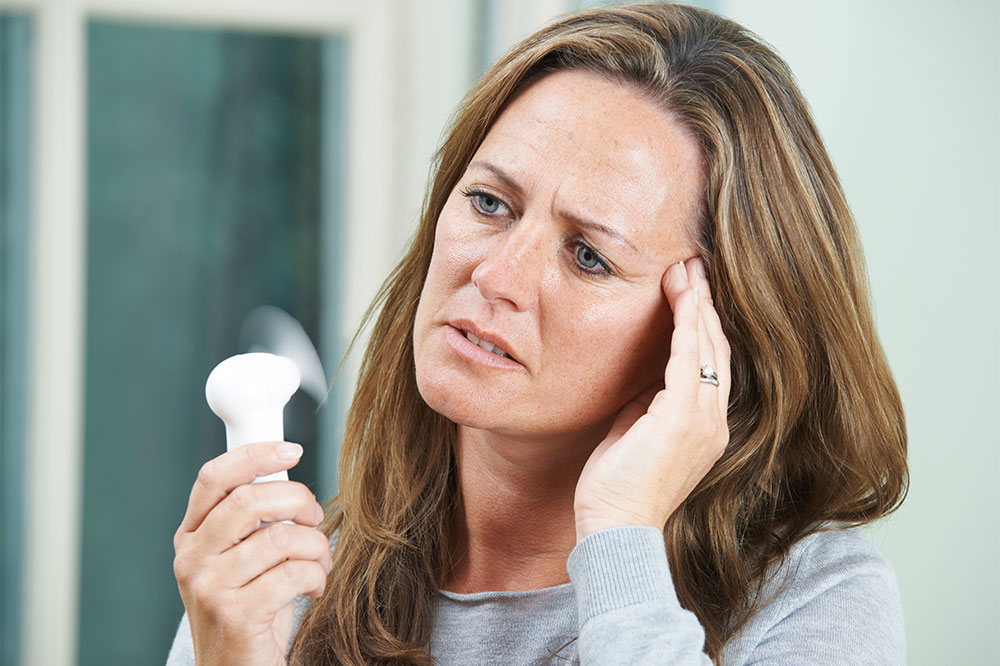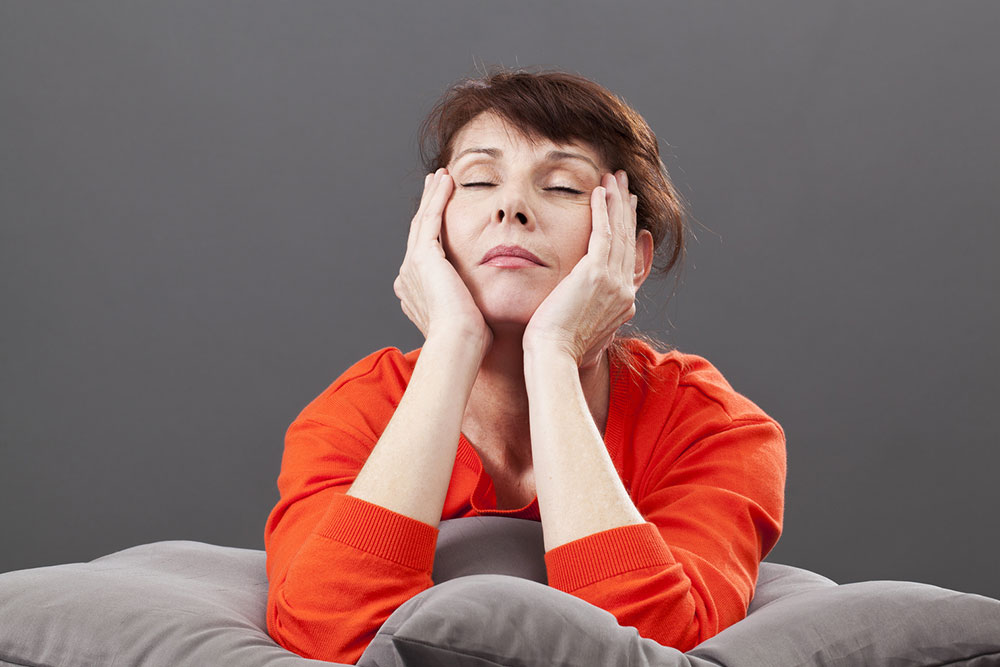Typical Physical Changes During Menopause in Women
Menopause brings various physical and hormonal changes in women, including hot flashes, bone health decline, and weight fluctuations. Awareness and lifestyle adjustments can ease this transition. Consulting healthcare providers is recommended for personalized care. This natural phase typically occurs around age 51, marking the end of reproductive years. Proper management helps maintain overall health and well-being during menopause.

Menopause marks a significant phase in a woman’s life, indicating the end of her menstrual cycles. This transition occurs gradually, beginning with perimenopause, during which hormonal and physical changes happen in the body. When menstrual cycles cease for a full year, menopause is confirmed. Typically, women reach menopause between ages 45 and 55, with the average around 51, as ovarian functions decline naturally. This process is normal and not a cause for concern, though awareness of potential health risks is important. Lifestyle adjustments and medical guidance can help manage this transition effectively.
As women approach menopause, some health issues may become more prominent. While genetics can influence these changes, other factors play a role. Recognizing symptoms early and consulting healthcare providers is advised. Key changes include:
Hot Flashes: Reduced estrogen levels often cause hot flashes, a common menopausal symptom.
Bone Density Loss: Decreasing estrogen can lead to lower calcium levels, resulting in brittle bones and increased osteoporosis risk. Healthy eating and lifestyle choices are essential to supporting bone health.
Weight Fluctuations: Hormonal shifts may lead to weight gain. Maintaining a balanced diet and regular exercise helps prevent complications and supports cardiovascular health.
Symptom Variability: Symptoms vary among women in severity and type, such as mood swings or facial hair growth. Treatment approaches are personalized based on individual experiences.
Important Notice: The information provided is for educational purposes only and should not replace professional medical advice. Always consult qualified healthcare practitioners for medical concerns and treatment options.










